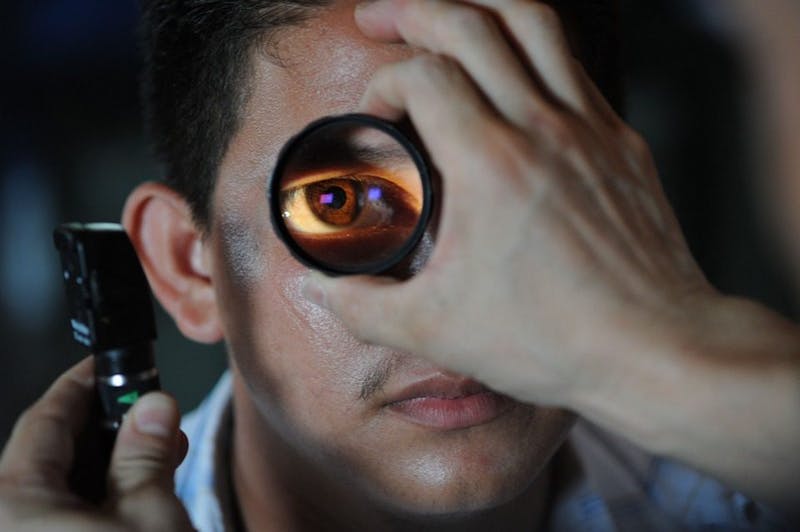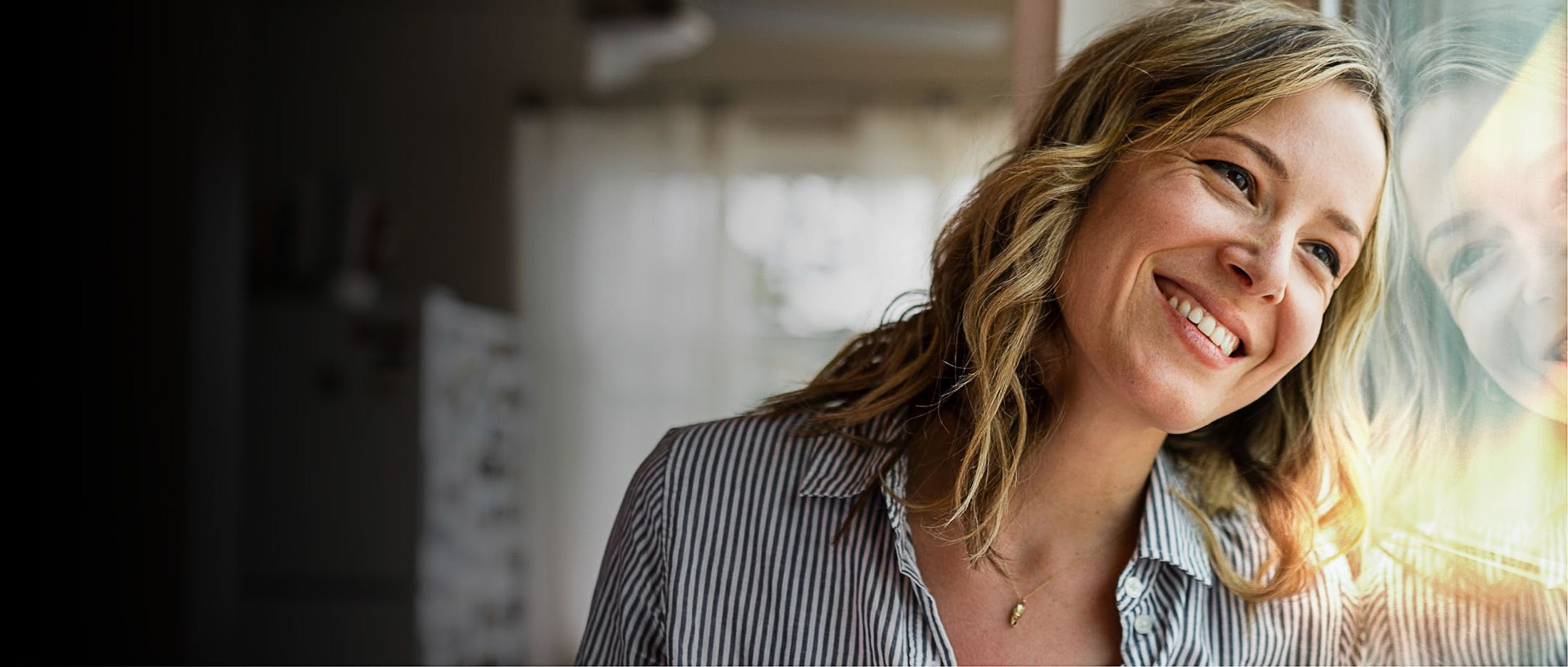
The earlier glaucoma is diagnosed the more successful treatment can be for it. This is the reason we want to raise awareness for this eye disease.
The problem with glaucoma is that the early-stage of the disease has little to no signs. It manifests in the eye until one day, the sufferer has a host of symptoms they don’t understand. At this stage, the disease has taken a hold of the eye(s), and can cause a lot of anxiety.
Knowing what to look for can help people know when the disease may be developing, so they can seek treatment right away.
About Glaucoma
Glaucoma is an eye disease. It affects the optic nerve. Many people who suffer from glaucoma can become permanently blind.
Open-angle glaucoma is the most common type of the eye disease. Unfortunately, this is also one of the types that has the least symptoms.
The Prevalence of Glaucoma in the United States
More than 120,000 Americans are blind due to glaucoma. The Glaucoma Research Foundation reports that 9-12% of people who are blind suffer from glaucoma. While there is no known cure for the disease, there are ways to slow down the development of it if caught early enough.
Risk Factors for Glaucoma
Seniors are at the highest risk for glaucoma. This is the reason people over 55 years old should get regular eye checkups by an experienced optometrist.
Other risk factors include:
- Ethnic background – People who are of African-America, Russian, Scandinavian, Asian, Hispanic, Inuit, or Irish descent are more likely to suffer from glaucoma.
- Diabetes – Those who suffer from diabetes are at an increased risk of suffering from glaucoma.
- Family history – People with parents, grandparents, etc. who suffered from glaucoma are more at risk.
- Hypertension – People who suffer from hypertension may develop glaucoma.
- Low Blood Pressure – Those with low blood pressure are also at risk of developing glaucoma.
- History of Eye Injuries – Research has found that people who have suffered from eye injuries in the past are more likely to end up with glaucoma later in life.
- Existing Eye Problems – Those who suffer from nearsightedness or have a very thin cornea seem to develop glaucoma more than others do.
- Taking Prednisone – Glaucoma is a side effect of taking steroid medications, such as prednisone.
If you or a loved one have any of these risk factors, it is even more important to be aware of the signs of glaucoma so treatment can be started as soon as possible.
8 Signs of Glaucoma
If you or a loved one suffer from any of these 10 signs of glaucoma, it is important to contact Kelly Laser Vision for a thorough eye examination.
#1: Inability to See to the Side
It is difficult or impossible to see anything when looking to the side. This is called loss of peripheral vision. It is one of the first signs glaucoma has started to develop, and is when people should contact an optometrist.
#2: Halos Around Lights
When looking at lights, people with glaucoma will see a rainbow-colored circle around them. Some people will not even be able to look at the light to see the halo, which is another sign of glaucoma that has advanced from the halo stage.
The best way to test this sign of glaucoma is to simply look at a light. If there is a rainbow-colored circle around it or you’re not able to stand to look it, then it’s time to make an eye appointment.
#3: Sudden Loss of Vision
People who suffer from glaucoma may wake up one morning not being able to see. This is a devastating and frightening experience.
Some people will notice they have a harder time seeing than they did the day or week before, which is a cause of concern that should be addressed immediately. Waiting to see if it gets better could end up causing permanent blindness.
#4: Eye Redness
The eyes may be red and painful when glaucoma is developing. It can feel like there is an infection or the eyes have been injured, and this may be the case, but it’s best to have an experienced optometrist check it to make sure it’s not the disease causing it.
#5: Cloudy or Hazy Eyes
This is a sign that other people notice before the glaucoma sufferer does, unless the person looks in the mirror and sees it. The eyes may look like there is a white/cloudy film in front of them.
#6: Vomiting or Nausea
This can come as a surprise to people, so it’s important to know. People who are suffering from glaucoma may feel sick along with severe eye pain. They may vomit several times and/or experience nausea. This often worries people and they go straight to the emergency room, which is a good idea.
#7: Headache and Eye Pain
People who have a headache accompanying their eye pain often suffer from angle-closure glaucoma. This type of glaucoma comes on suddenly, so it’s crucial for people to seek help as soon as they feel these symptoms.
#8: Tunnel Vision
When people suffer from this symptom, they feel as though they can’t see anything other than what is in their direct view. For instance, they may look straight ahead and everything to the immediate sides of it are dark or black. It’s just like if someone is looking into a tunnel and can only see what is at the opening of the tunnel on the other side.
Glaucoma Treatment in Manhattan and Garden City
Kelly Vision Center utilizes state-of-the-art technology to help people who are suffering from glaucoma. If you’ve noticed any of the signs of glaucoma above, please contact us at 1-877-718-7818 for our Manhattan location or 516-830-4605 for our Garden City office. We will perform a thorough eye examination to identify the cause of the symptoms you’re experiencing and offer effective treatment options to protect your vision.


